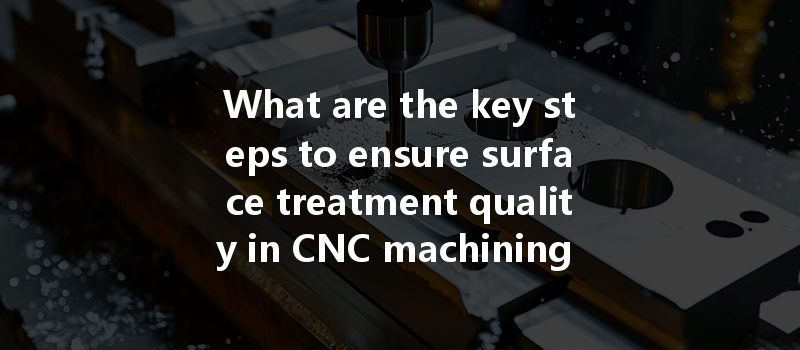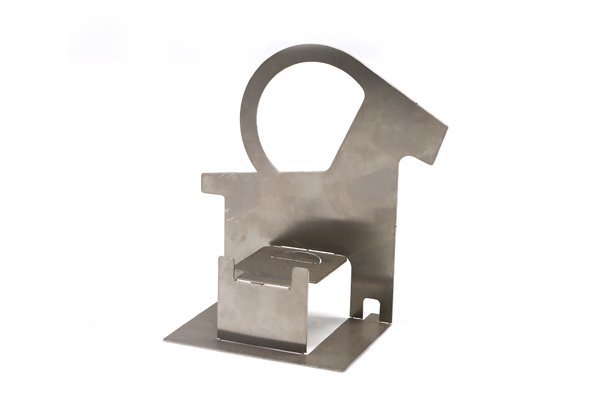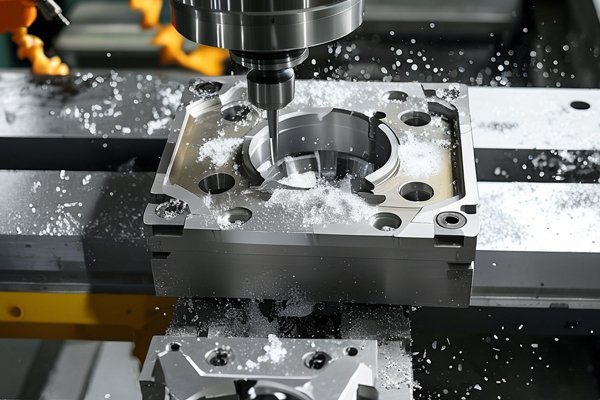Opening: An Eye-Opening Perspective on CNC Machining Quality
Did you know that the surface finish of machined components can affect their performance and lifespan significantly? In CNC machining, the surface quality can be the difference between a product functioning optimally and one that fails. A 2021 survey by the American Society of Mechanical Engineers (ASME) revealed that nearly 30% of component failures in mechanical systems are attributed to poor surface finish. This statistic highlights the critical importance of ensuring high-quality surface treatments in CNC machining processes. In this blog, we will explore the essential steps that manufacturers should follow to achieve superior surface treatment quality in their CNC machining operations.
Understanding Surface Treatment in CNC Machining
Before diving into the specific steps, let’s first understand what surface treatment entails in the context of CNC machining. Surface treatment processes refer to the various methods applied to the substrate of components to enhance properties such as corrosion resistance, wear resistance, aesthetics, and overall durability. Common techniques include anodizing, plating, coating, polishing, and shot peening.
Each of these methods can dramatically affect the physical and mechanical properties of machined parts, thus making attention to detail and procedure critical during surface treatment.
Step 1: Selecting the Right Surface Treatment Method
One of the foremost considerations in achieving quality surface treatment is the selection of an appropriate method tailored to the material and application of the component. Here’s a brief overview of popular surface treatment techniques:
The selection should be based on several factors, including the product’s end-use, environmental exposure, and the specific mechanical properties required.
Step 2: Pre-Treatment Preparation
Before applying any surface treatment, the substrate must be adequately prepared to ensure adhesion and effectiveness. Here are several key pre-treatment steps to follow:
Step 3: Implementing Surface Treatment Techniques
With the proper preparations in place, it’s time to implement the chosen surface treatment method. Here’s how to ensure quality through careful execution:

Step 4: Post-Treatment Inspection and Testing
Once surface treatments are completed, rigorous inspection is essential to confirm the quality of the surface finish and properties achieved. Key steps in this phase include:
Step 5: Continuous Improvement and Feedback Loop
Achieving quality in surface treatment isn’t a one-time endeavor, but rather an ongoing commitment to improvement. Here’s how to establish a feedback loop:
: The Path to Excellence in CNC Surface Treatment
In summary, ensuring the quality of surface treatments in CNC machining is a multifaceted process consisting of selecting appropriate methods, diligent pre-treatment sub-steps, precise execution, and rigorous post-treatment inspection. Each step is interconnected, contributing to the overall performance and reliability of machined components.
As we highlighted, the enforcement of quality assurance in CNC machining not only enhances the product’s durability and performance but also contributes to overall manufacturing efficiency. By committing to these five stages and emphasizing continuous improvement, manufacturers can create high-quality parts that meet or exceed expectations.
Remember, in the highly competitive world of manufacturing, achieving excellence in surface treatment quality can make all the difference. It’s essential to invest time and resources into these processes to ensure that the end product is not just satisfactory but truly remarkable.






